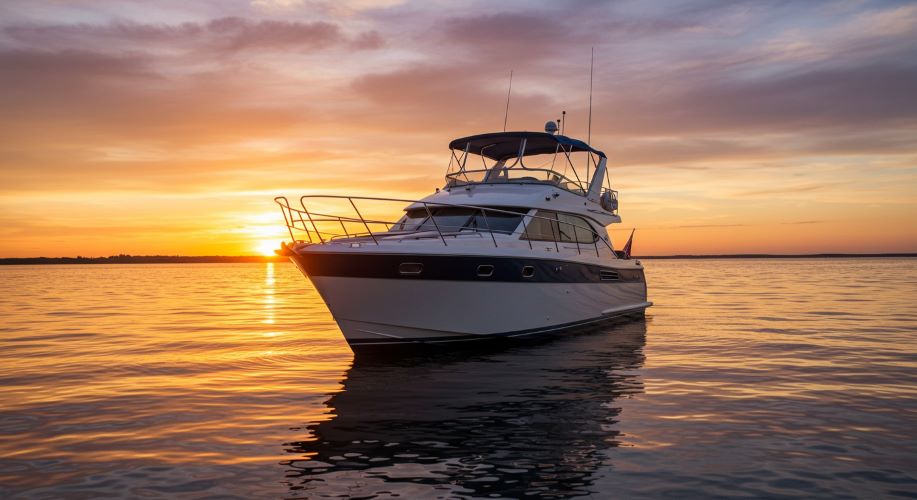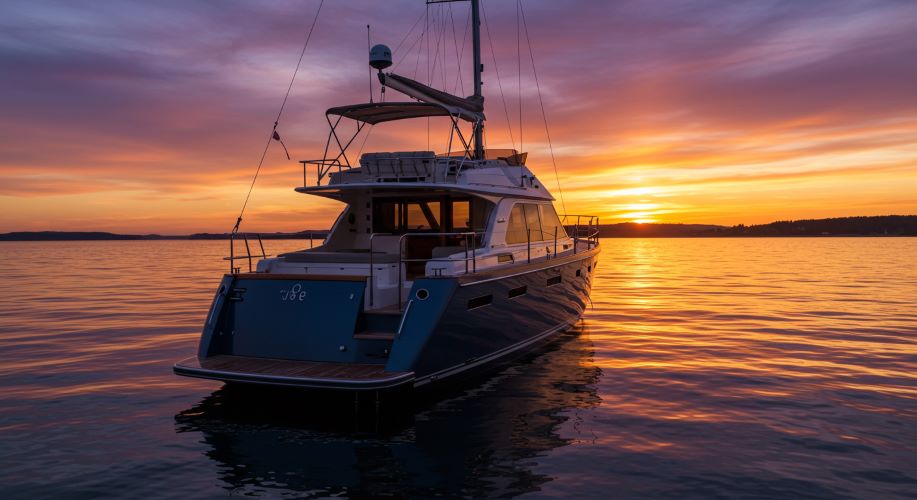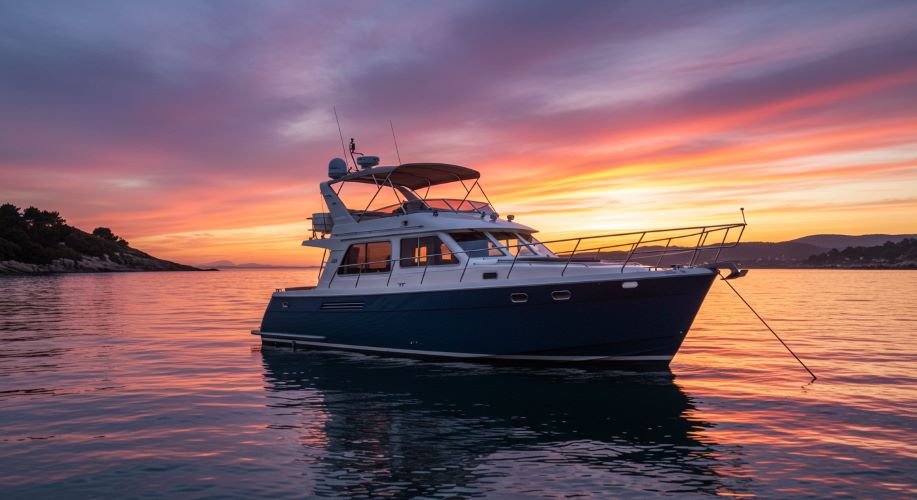Build Your Own Thruster System
Follow our comprehensive guide to install a bow or stern thruster on your boat. Improve maneuverability and make docking easier with this DIY project.
Installation Overview
Installing a thruster system involves several key phases. Follow this guide to complete your project successfully.

Planning
Select the right thruster size based on your boat's length and weight. Determine optimal placement and gather all necessary tools and materials.
Hull Preparation
Create a tunnel through the hull below the waterline for bow thrusters, or prepare mounting location for external stern thrusters.
Electrical Setup
Install dedicated batteries, run appropriate gauge wiring, and connect control systems to ensure reliable operation.
Testing & Maintenance
Perform thorough testing before launch and implement regular maintenance to ensure long-term reliability.
Step-by-Step Installation Guide
Follow these key steps to install your thruster system properly and safely.
Selecting the Right Thruster
Choose a thruster based on your boat's specifications:
- 20-30 ft boats: 55-80 lbs thrust (12V)
- 30-40 ft boats: 80-125 lbs thrust (12V/24V)
- 40-50 ft boats: 125-220 lbs thrust (24V)
- 50+ ft boats: 220+ lbs thrust (24V/Hydraulic)
Consider factors like hull shape, boat weight, and typical wind conditions.
Hull Preparation
For bow thrusters, carefully create a tunnel through the hull:
- Mark the optimal location (typically 1-2 feet above keel)
- Use templates to ensure proper sizing
- Cut the tunnel opening with appropriate tools
- Sand and seal all edges for watertight installation
For stern thrusters, prepare mounting brackets or tunnel as needed.
Mounting the Thruster
Install the thruster unit securely:
- Position the motor and propeller assembly
- Use marine-grade hardware for mounting
- Apply appropriate sealants to prevent water intrusion
- Ensure proper alignment for optimal performance
Follow manufacturer's torque specifications for all fasteners.
Electrical Installation
Set up the electrical system properly:
- Install dedicated batteries near the thruster
- Use appropriate gauge marine wire (typically 1/0 AWG)
- Install fuses or breakers for protection
- Mount control panel at helm station
- Seal all connections against moisture
Installation Process
Visual guide to the key steps in the thruster installation process.

Guild Member Access: Full detailed installation guides with step-by-step instructions, video tutorials, and printable checklists are available to Guild members. Join today to access our complete knowledge base.
Join the GuildElectrical System Requirements
Proper electrical setup is crucial for thruster performance and safety.

Battery Requirements
Use dedicated deep-cycle or AGM batteries positioned close to the thruster. Size batteries according to thruster specifications, typically 100-200Ah capacity.
Wiring Guidelines
Use heavy-gauge marine-grade wire sized according to manufacturer specifications. Keep cable runs as short as possible to minimize voltage drop.
Protection Devices
Install appropriate fuses or circuit breakers near the battery. Use the manufacturer's recommended ratings, typically 80-300A depending on thruster size.
Control Systems
Mount the control panel at the helm in an easily accessible location. Ensure all connections are properly sealed against moisture and corrosion.
Ready to Start Your Thruster Installation?
Join the Guild of Yacht Crafters today to access our complete installation guides, wiring diagrams, video tutorials, and expert support.